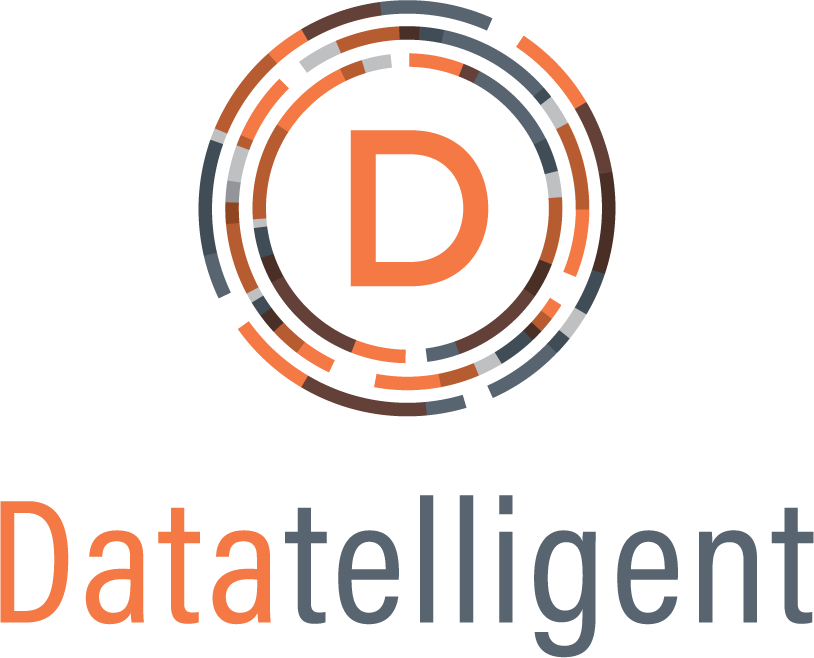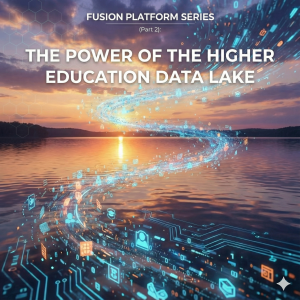In the realm of higher education, data plays a pivotal role in shaping institutional effectiveness, accountability, and student success. The Integrated Postsecondary Education Data System (IPEDS) serves as a cornerstone for collecting and reporting vital information about colleges and universities across the United States. This blog post delves into how Datatelligent can streamline the reporting process for institutions and increase the useability of its data..
What is the IPEDS?
IPEDS stands for Integrated Postsecondary Education Data System and is a comprehensive series of surveys designed to gather and analyze data related to postsecondary institutions. Administered by the National Center for Education Statistics (NCES) within the U.S. Department of Education, IPEDS encompasses a wide array of information, including:
- Student demographics: Enrollment, retention, graduation rates, financial aid
- Faculty and staff: Numbers, salaries, demographics
- Finances: Revenues, expenditures, endowments
- Academic programs: Degrees offered, completions
- Institutional characteristics: Location, control, mission
IPEDS and Datatelligent: Empowering Institutions with Data-Driven Insights
Navigating the complexities of IPEDS reporting and analysis can be challenging for institutions. Datatelligent offers specialized services designed to streamline the process and unlock the full potential of your data. Our solutions are tailored to meet the unique needs of each institution, providing:
- Customizable dashboards and visualizations: We work closely with you to develop interactive dashboards that present your IPEDS data in a clear and meaningful way.
- Comprehensive data analysis: Our team of experts can help you identify trends, patterns, and insights hidden within your data.
- Accurate and efficient reporting: We ensure that your IPEDS reporting is accurate, complete, and submitted on time.
- Strategic planning support: We leverage your data to inform your strategic planning process and drive institutional improvement.
With a proven track record of success, Datatelligent has empowered numerous institutions to effectively leverage their IPEDS data. Our solutions go beyond generic templates, providing a truly customized approach that aligns with your specific goals and priorities. By transforming your data into actionable intelligence, we help you make data-driven decisions that enhance student success, optimize resource allocation, and advance your institutional mission.
Get Started with IPEDs?
Contact Datatelligent today to learn more about how we can help you harness the power of IPEDS.










